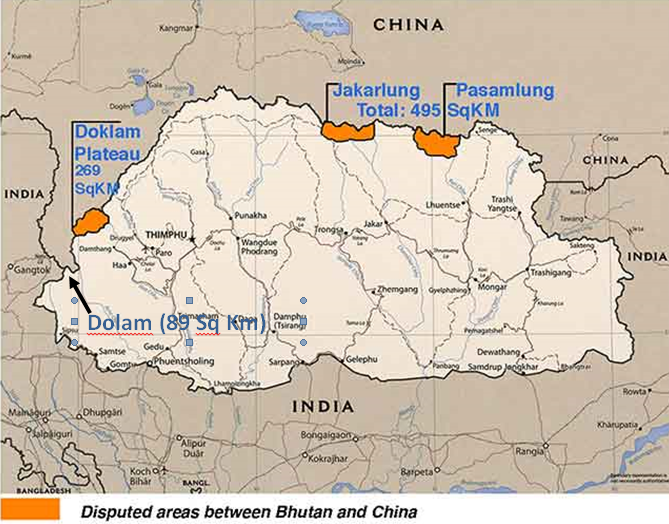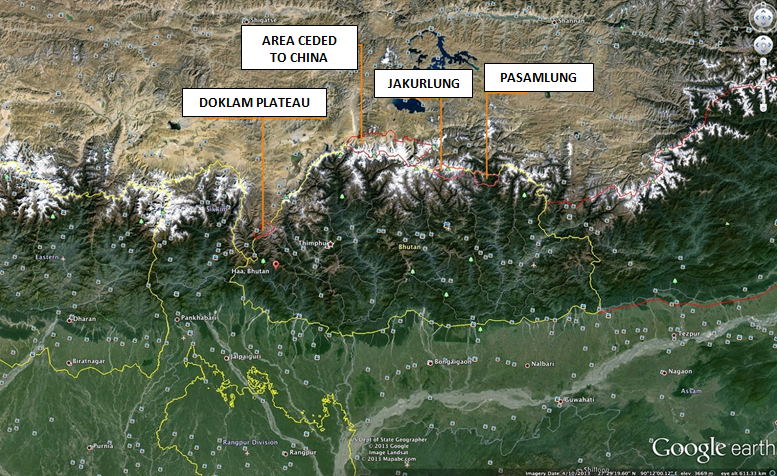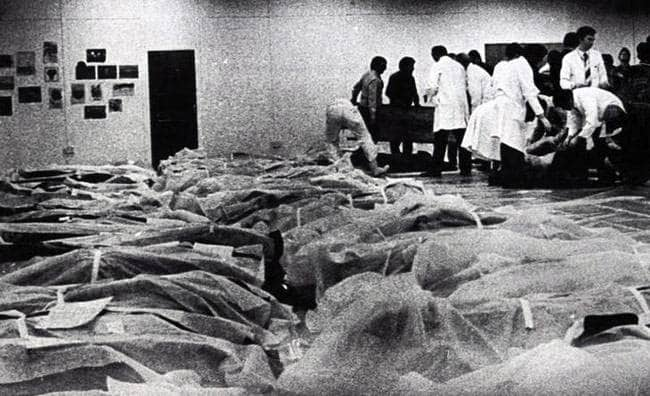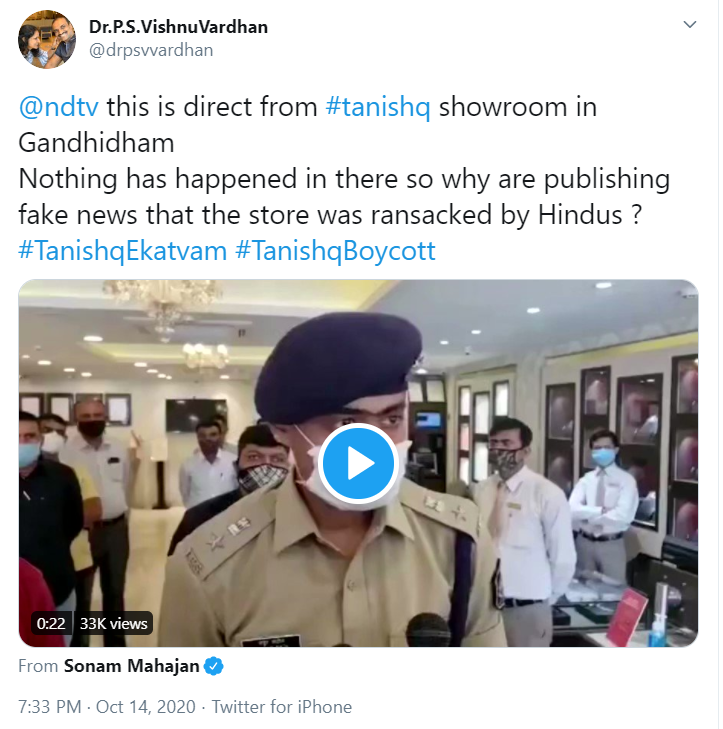
So this tweet landed up on my TL some days ago. Was a bit busy then, but now I finally have time to share some thoughts.
In this thread, I'll tweet about the historical perspective on the Bhutan-China Boundary Dispute. Other threads will follow.
Here goes
In this thread, I'll tweet about the historical perspective on the Bhutan-China Boundary Dispute. Other threads will follow.
Here goes
https://twitter.com/ananthkrishnan/status/1330860939554406400
Before moving ahead, here's a map of the disputed areas.
Plz note that the location of the 2017 India-China dispute (that continues still) is referred to as 'DOLAM', with ‘DOKLAM’ referring to the area claimed by China West of Thimpu hereafter.
Plz note that the location of the 2017 India-China dispute (that continues still) is referred to as 'DOLAM', with ‘DOKLAM’ referring to the area claimed by China West of Thimpu hereafter.

It is amazing what wealth of knowledge exists on the www, esp when you go looking for answers to something you had no clue about. Did some digging around on the www on to get a perspective about the India-China standoff, which most people forget that Bhutan too is a part of!
At first glance on a world map, the Himalayan Kingdom of Bhutan would not seem to be a nation that would factor in the geopolitical calculus of major regional powers.
Its relatively small size, population and economy compared to its neighbours India and China, alongwith stated policy of neutrality with respect to both would imply lack of interest by its large neighbours. However, very often Bhutan has increasingly found itself caught up in ..
.. a discrete, yet high stakes diplomatic battle between India and China. This time round, the battle has moved from being a discrete diplomatic one to an open military standoff between the two large neighbours, on Bhutanese territory.
The genesis of this dispute lies in two major factors. Firstly, the Indo – Bhutan Treaty of Friendship, which gave India a foothold into the Kingdom of Bhutan much before China and Bhutan became neighbours.
Second factor is Chinese claims over Bhutanese territory in three different sectors, which has kept the relationship difficult for more than half a century.
Bhutan has historically had strong cultural, historical, religious and economic connections to Tibet. Despite these being strained when Bhutan sided with the British Empire in its war with Tibet in 1904, Bhutan continued to have a permanent representative in Lhasa.
Bhutan and China never shared a common boundary till China’s annexation of Tibet in 1950. Following the 17 Point Agreement between the local Tibetan Govt and the PRC, Bhutan withdrew its representative from Lhasa.
Relationship was further strained when in the aftermath of the 1959 rebellion in Tibet, the 14th Dalai Lama escaped to India. An estimated 6000 Tibetans fled to Bhutan and were granted asylum, although the border was subsequently closed on account of fear of more refugees.
Bhutan recognized China as a significant threat for the first time after the joint Chinese / Tibetan invasion of Nepal in 1792-93. However, these concerns died down after China came under imperial rule and Bhutan became a protectorate of British India.
Yet, in 1910, the Manchu Govt claimed Bhutan as Chinese territory, in the aftermath of the treaty between Bhutan and British India. Soon after annexing Tibet, in 1954 China officially laid its claim over Bhutan by publishing a map in “A Brief History of China” depicting ..
.. a considerable portion of Bhutan as a pre-historical realm of China.
This was followed up by publication of another map by China in 1958, again claiming large tracts of Bhutan. However, this time China also physically occupied approx 300sq miles of Bhutanese territory.
This was followed up by publication of another map by China in 1958, again claiming large tracts of Bhutan. However, this time China also physically occupied approx 300sq miles of Bhutanese territory.
This forced an anxious Bhutan to take recourse to its decade old Treaty of Friendship with India with respect to advice regarding its external relations. The 1959 Tibetan rebellion & its aftermath soon followed, alongwith repeated claims by Chinese over Bhutanese territory.
Chinese claim over Bhutanese territories primarily constitutes Jakralung and Pasamlung Valleys on the North-Central part of the Sino – Bhutan border and the Doklam Plateau (As depicted in the map above) in Western Bhutan, along with Dolam near the trijunction.
Military intimidation followed by diplomatic offensive was an important part of China’s policy towards Bhutan in initial days. After Bhutan closed its border,trade & all diplomatic contacts with Tibet in wake of 1959 rebellion, China resorted to significant military posturing ..
.. in 1966.
The incident occurred when on the tri-junction of Bhutan, Sikkim and China, Tibetan grazers accompanied by Chinese troops entered the Dolam pastures (Also the site of the current standoff).
The incident occurred when on the tri-junction of Bhutan, Sikkim and China, Tibetan grazers accompanied by Chinese troops entered the Dolam pastures (Also the site of the current standoff).
China subsequently formally extended its claim to aprox 300 sq miles of Northeastern Bhutan and also substantial areas North of Punakha, former capital of Bbutan. When Bhutan requested New Delhi to raise this matter with Beijing, China rejected talking to ..
.. India saying that the issue concerned China and Bhutan alone and ‘the Indian Govt had no right whatsoever to intervene in it.”
A similar incident occurred in 1979 too.
A similar incident occurred in 1979 too.
In the 1962 Sino – Indian war, Bhutan had permitted use of its territory for withdrawal by Indian troops. However, India’s defeat in the war raised concerns about her ability to defend Bhutan. This, in fact, led to an official policy of neutrality by Bhutan.
The Chinese maintained a policy of carrot and stick with respect to Bhutan with the aim of reaching out to the King. In 1971, China voted in favour of Bhutan’s membership to the UN, thus implicitly recognizing Bhutan.
However, Bhutan’s strong support to India in UN over the Bangladesh issue, accompanied by a tour of Bangladeshi refugee camps by the King and subsequent recognition of an independent Bangladesh, dissuaded China from further overtures.
In 1974, China sent a high-level delegation for the coronation of the new King of Bhutan. Later, in 1977, Bhutan voted in favour of China over India on who should represent Cambodia.
With the Janata Party govt that came to power in India in 1977 taking steps to normalize relations with China as part of its policy of beneficial bilateralism, China pushed ahead for commencement of border talks with Bhutan.
Bhutan was unprepared for commencement of talks with China on the border issue and signalled unwillingness for the same. China upped the ante by large scale intrusions in 1979. Both India and Bhutan formally protested against this intrusion.
However, Beijing ignored the Indian protest and responded to Bhutan’s complaint only. This finally brought Bhutan to the negotiating table in 1984.
It leaked out that prior to commencement of talks, in 1983, Bhutanese Foreign Minister Dawa Tsering had met the Chinese Foreign Minister Wu Xeuqian in New York.
Wu wanted a Chinese embassy in Thimpu where the only embassies at that time were those of India & Bangladesh. But India prevailed upon Bhutan to decline the request. The Bhutanese Monarch, King Jigme Singye Wangchuk then opted for annual, direct bilateral talks over the ..
.. border dispute. Countries sympathetic to China inferred that India had been hoodwinked by Bhutan. However, a counter view too existed that New Delhi preferred it this way, guiding and advising Bhutan from behind the scenes.
In 1988, the two countries agreed on Four Guiding Principle for further talks. These included maintaining peace along the border, something China often violated to create pressure on Bhutan.
In 1996, China offered a package deal to Bhutan. Beijing was ready to renounce its claim over the 495 sq km of disputed land in the Pasamlung and Jakarlung Valleys in exchange for the 269 sq km it claimed in the Doklam Plateau
This was rejected by Bhutan.
In 1998, China finally signed a peace agreement with Bhutan to ‘maintain peace and tranquillity on the Bhutan-China border areas.’
In 1998, China finally signed a peace agreement with Bhutan to ‘maintain peace and tranquillity on the Bhutan-China border areas.’
The Bhutanese were encouraged to sign it since Beijing admitted as part of the text of the agreement that ‘China fully respects the territorial integrity and independence of Bhutan.’
The new millennium dawned with a resurgent and confident China, with enough military and economic clout at its disposal. The Chinese attempted to utilize this to force a favourable resolution of the large number of territorial disputes with neighbours, including Bhutan.
Chinese outreach to Bhutan is summarized as under:-
'Periodic incursions by PLA troops into disputed areas, alongwith threats to Bhutanese personnel manning the same that they are in Chinese territory, in order to maintain pressure on Bhutan.'
'Periodic incursions by PLA troops into disputed areas, alongwith threats to Bhutanese personnel manning the same that they are in Chinese territory, in order to maintain pressure on Bhutan.'
In July 2002, Bhutanese Foreign Minister Lyonpo Jigmi Y Thinley told the National Assembly that the Chinese had claimed to have documentary evidence on the ownership of the disputed tracts of land.
When Bhutan asked them to be generous with a small neighbour like Bhutan, they said that, as a nation which shared its border with 25 other countries, they couldn’t afford to be generous with one particular neighbour.
The Chinese Govt were unhappy and questioned why Bhutan was raising new issues after many years of talks. However, no details were released regarding these new issues.
According to debates that took place in Jul 2002, there were four basic dispute areas described as: “Starting from Dolam in the West, the border goes along the ridges from Gamochen to Batangla, Sinchela, and down to the Amu Chu.
The disputed area in Dolam covers 89 sq km. The disputed areas in Sinchulumpa and Gieu cover about 180 sq km. The boundary line in this area starts from Langmarpo Zam and goes along the stream up to Docherimchang and up the ridge to Gomla from where it goes along the ..
.. ridge to Pangkala and then down to the Dramana stream. From Dramana, the boundary goes up to Zingula and then follows the ridge line down to Gieu Chu from where it goes to Lungkala. In the middle sector in Pasamlum, the boundary goes along the ridge to Dompala and to Neula.
From Neula, the boundary follows the ridge line to Kuricchu Tshozam, and then follows the ridge line to Genla from where it goes to Mela and onwards to the East.”
As a result, the disputed territory was reduced from 1128 sq km to 269 sq km in three areas in the north western part of Bhutan.
Here's a map to help you comprehend this a bit better.
Here's a map to help you comprehend this a bit better.

During his visit to Bhutan in Apr 2003, Hua Junduo, Chinese Ambassador to India, reiterated China’s friendly, good neighbourly stance towards Bhutan.
He said that while there are no formal diplomatic ties between Bhutan and China, the relationship was developing in a positive way, and actual relationship was more imp than formal diplomatic ties.
After a surprise meeting between Bhutanese PM, Jigme Y Thinle and Chinese Premier Wen Jiabao on the sidelines of the Rio +20 Summit in Brazil in 2012, the Chinese media quoted Wen as saying, “China is willing … to establish formal ..
.. relations with Bhutan, resolve the border issue between the two nations at an early date, strengthen exchanges in all areas and advance Sino-Bhutanese relations to a new stage.”
However, there was no corresponding confirmation from Bhutan. It was later reported that Thimpu had clarified to New Delhi that they had not given any commitment to Beijing yet
In Apr 2013, Zhou Gang, a former Chinese Ambassador to New Delhi, was sent to Bhutan as a special envoy of the Chinese Govt, carrying with him a blunt message: ‘If you want to settle the boundary dispute with us, allow us to open our mission here.’
In 2013, Thimpu had endorsed its acceptance of a technical survey instituted to settle the boundary dispute in the Pasamlung sector of the country. The same was acknowledged in the 23rd round of boundary talks held at Bhutan in Aug 2015 and both sides spoke positively of it.
This, folks, in a nutshell, is where the Sino – Bhutanese relationship stood with respect to their boundary dispute before the Chinese tried to force their way across the International Boundary in the Dolam plains near the Tri-Junction area.
:Fin:
:Fin:
• • •
Missing some Tweet in this thread? You can try to
force a refresh










